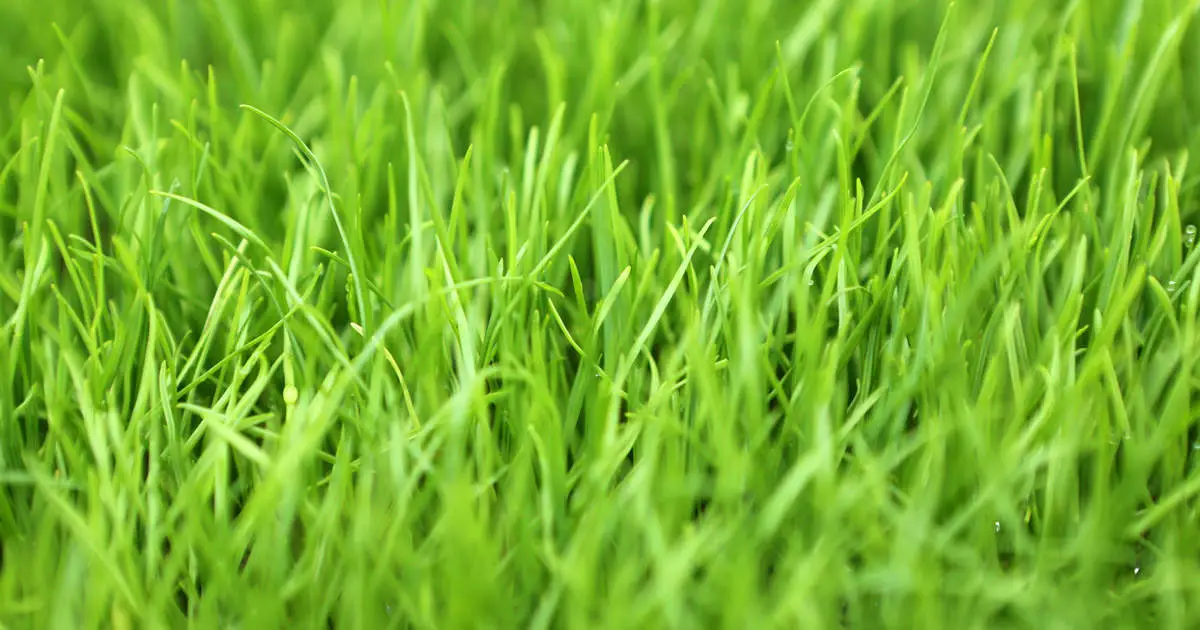Ryegrass is a popular grass species that is known for its fast growth and hardiness. It is commonly used for lawns, pastures, and sports fields. In this guide, we will explore the benefits of planting ryegrass and provide tips for planting and maintaining this versatile grass species
Overview of Ryegrass
Ryegrass is a cool-season grass that is native to Europe, Asia, and North Africa. It is a member of the Poaceae family and is known for its rapid growth and high nutritional value. Ryegrass is a popular choice for overseeding warm-season grasses in the fall and winter months.
Benefits of Planting Ryegrass
Planting ryegrass offers a number of benefits, including improved soil quality, increased nutrient uptake, enhanced weed control, and improved aesthetics. Additionally, ryegrass is a hardy grass species that can withstand heavy foot traffic and is resistant to disease.
Types of Ryegrass
There are two main types of ryegrass: annual ryegrass and perennial ryegrass.
Annual Ryegrass
Annual ryegrass is a fast-growing grass species that is commonly used for overseeding warm-season grasses in the fall and winter months. It has a lifespan of one year and is known for its ability to germinate quickly and provide quick cover.
Perennial Ryegrass
Perennial ryegrass is a longer-lasting grass species that can provide cover for up to three years. It is commonly used for lawns, pastures, and sports fields and is known for its fine texture and dark green color.
Planting Ryegrass
Planting ryegrass requires proper soil preparation, seed selection, and watering and fertilization techniques.
Preparing the Soil
Before planting ryegrass, it is important to prepare the soil by removing weeds, rocks, and other debris. The soil should be tilled to a depth of at least six inches and amended with organic matter to improve soil structure and fertility.
Planting the Seeds
Ryegrass seeds should be planted at a depth of 1/4 to 1/2 inch and spaced 6 to 8 inches apart. It is important to water the seeds immediately after planting to ensure proper germination.
Watering and Fertilizing
Ryegrass requires regular watering and fertilization to ensure healthy growth. It is important to water the grass deeply and infrequently to encourage deep root growth. Fertilizer should be applied in the spring and fall to provide adequate nutrients for growth.
Maintaining Ryegrass
Maintaining ryegrass requires proper mowing, weed control, and fertilization techniques.
Mowing
Ryegrass should be mowed regularly to maintain a height of 2 to 3 inches. It is important to avoid mowing the grass too short, as this can damage the roots and lead to stress and disease.
Weed Control
Weed control is important for maintaining a healthy ryegrass lawn. Weeds should be removed by hand or with a herbicide, taking care to avoid damage to the ryegrass.
Fertilizing
Ryegrass requires regular fertilization to ensure healthy growth. Fertilizer should be applied in the spring and fall to provide adequate nutrients for growth.
Benefits of Planting Ryegrass
Planting ryegrass offers a number of benefits, including improved soil quality, increased nutrient uptake, enhanced weed control, and improved aesthetics.
Improved Soil Quality
Ryegrass can improve soil quality by adding organic matter and improving soil structure. This can lead to increased water retention and nutrient availability, which can benefit other plants in the area.
Increased Nutrient Uptake
Ryegrass has a high nutrient uptake capacity, which can help to reduce nutrient runoff and improve water quality.
Improved Weed Control
Ryegrass can help to suppress weeds by providing dense ground cover and shading out weed seedlings.
Enhanced Aesthetics
Ryegrass is known for its fine texture and dark green color, which can enhance the aesthetics of lawns, pastures, and sports fields.
Conclusion
Planting and maintaining ryegrass can offer a number of benefits, including improved soil quality, increased nutrient uptake, enhanced weed control, and improved aesthetics. By following proper planting and maintenance techniques, you can enjoy a healthy and beautiful ryegrass lawn for years to come.








